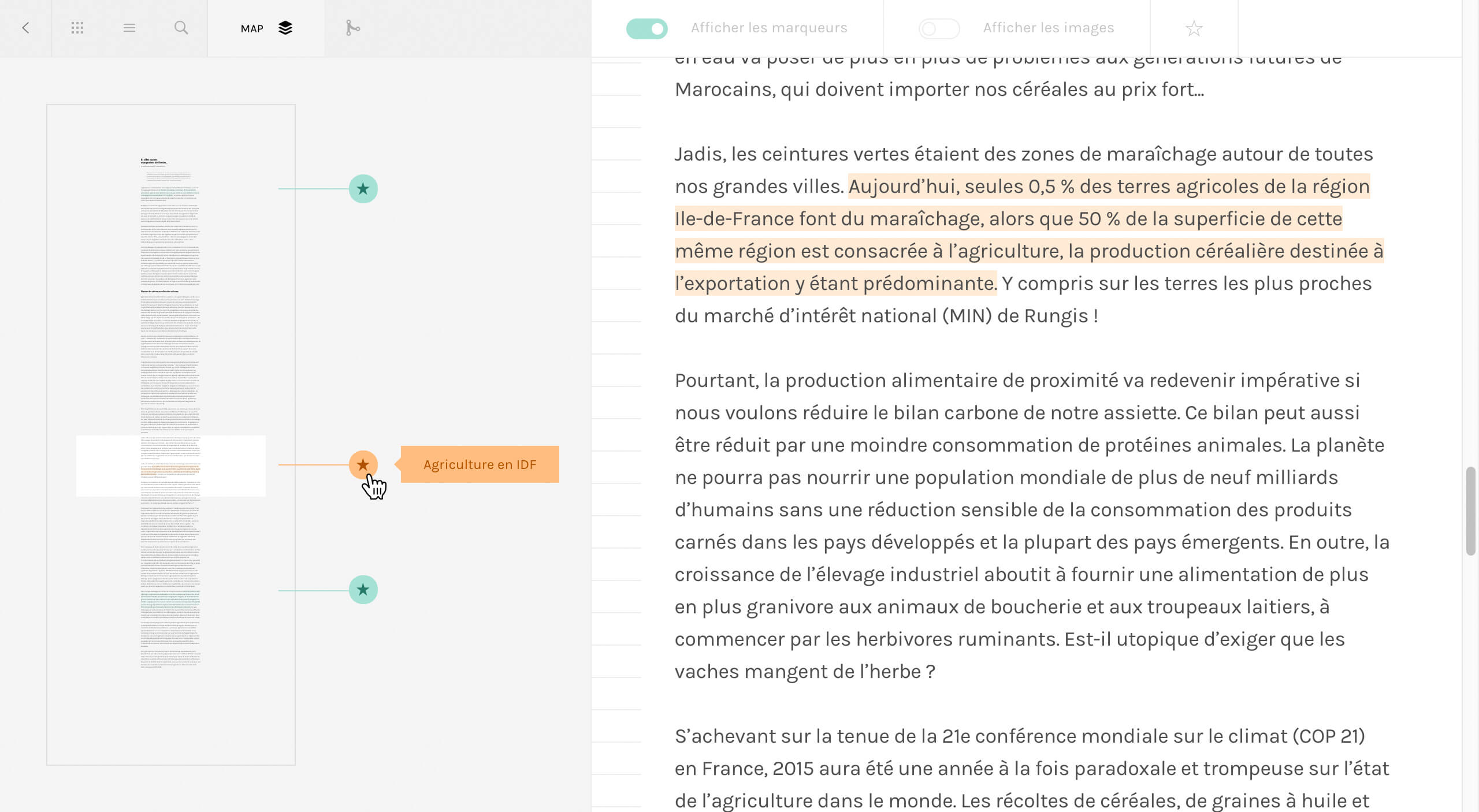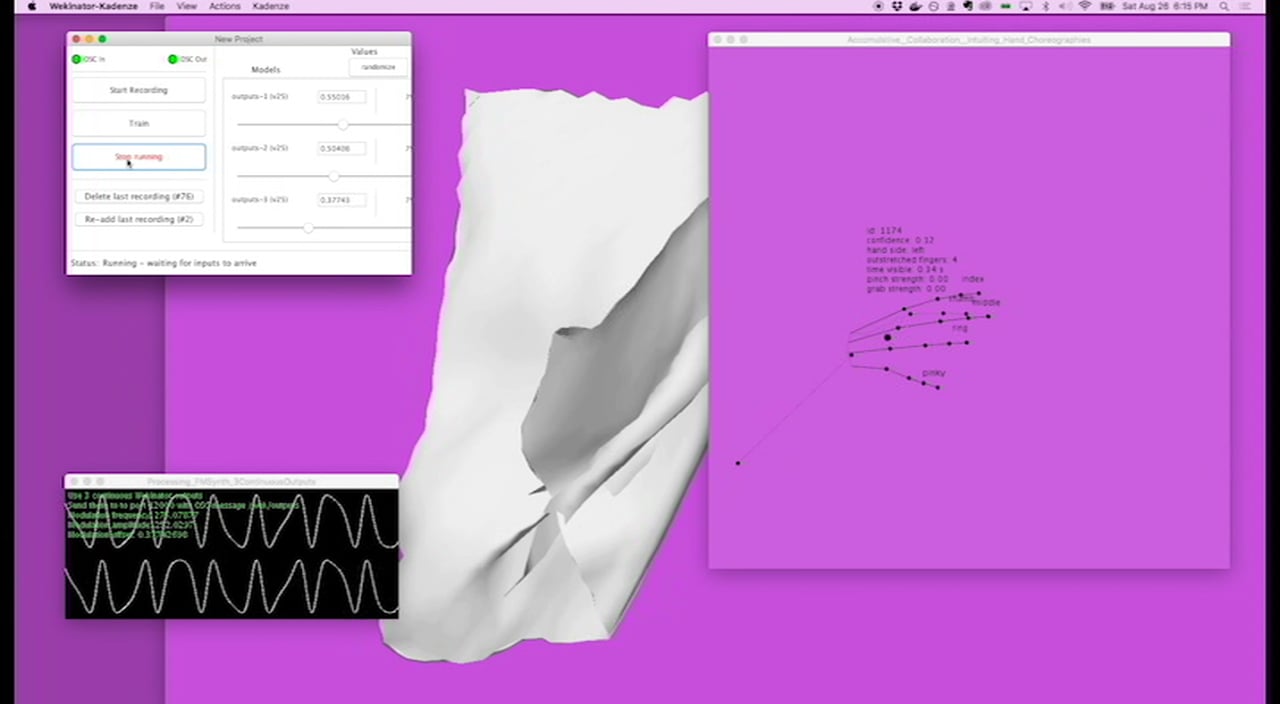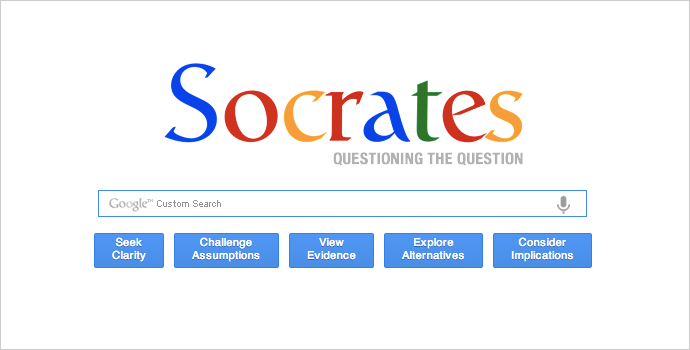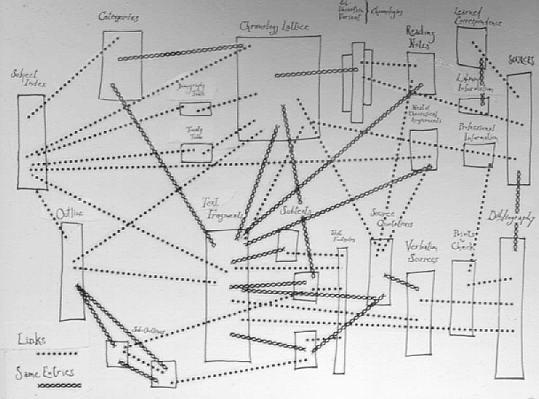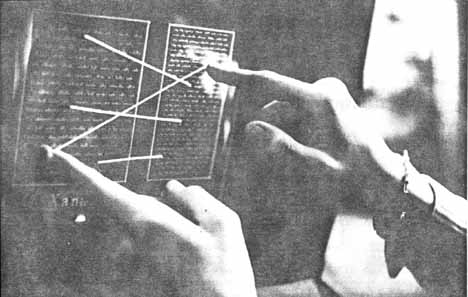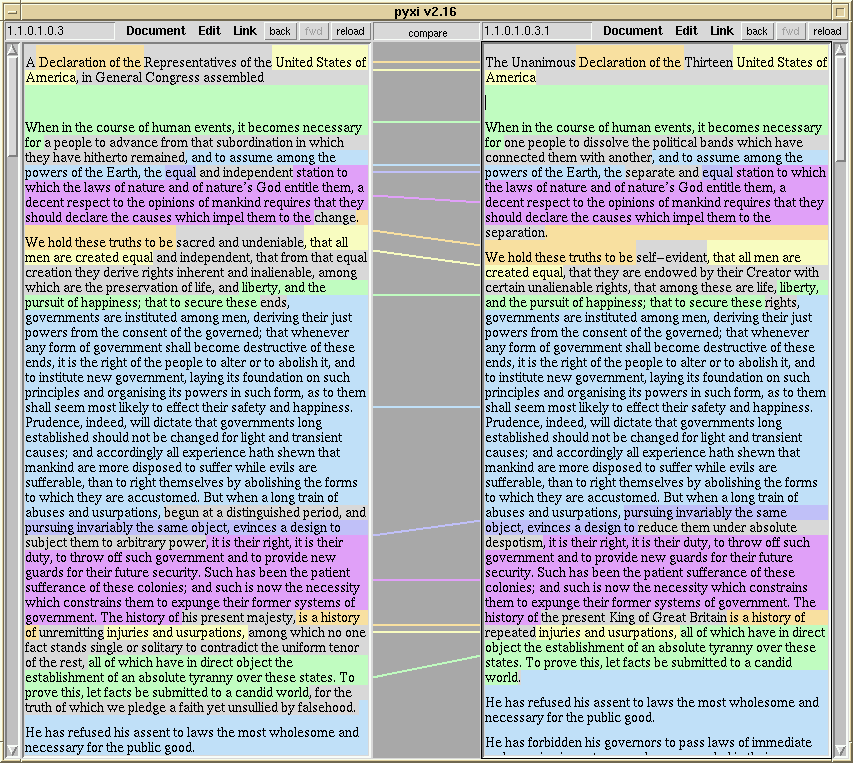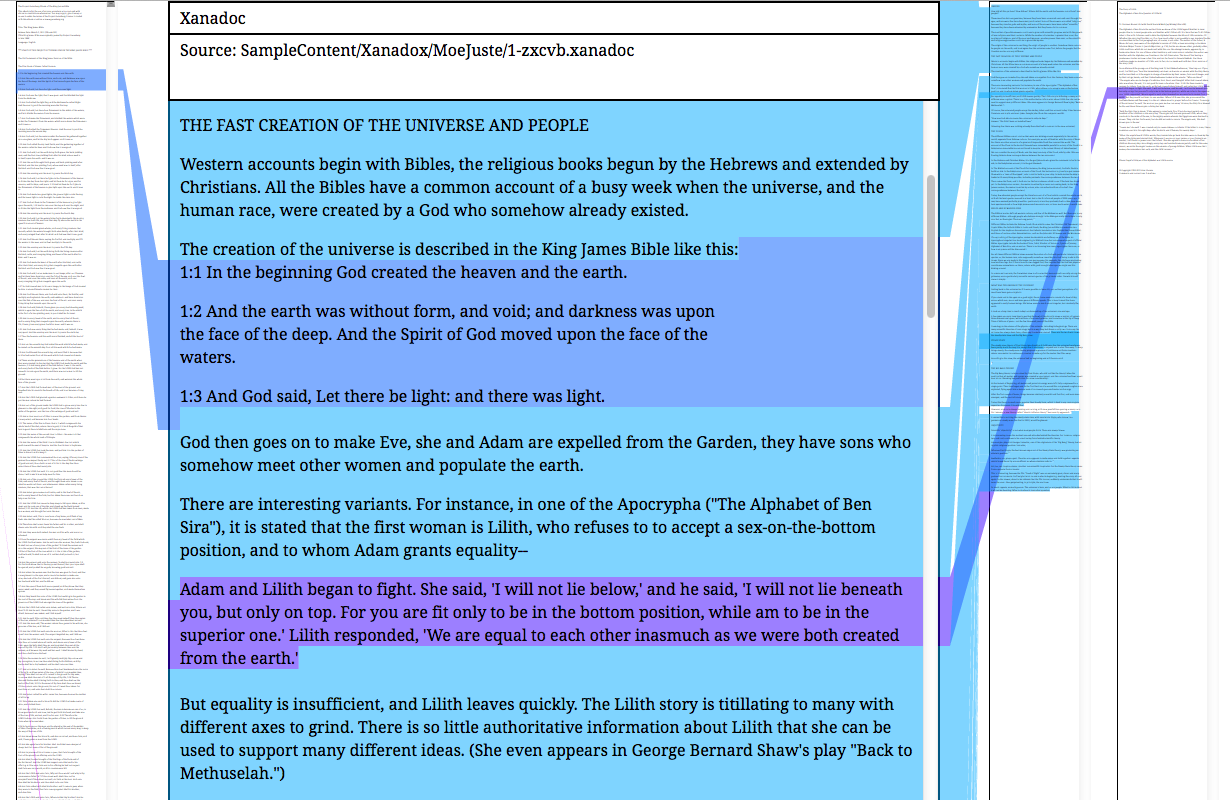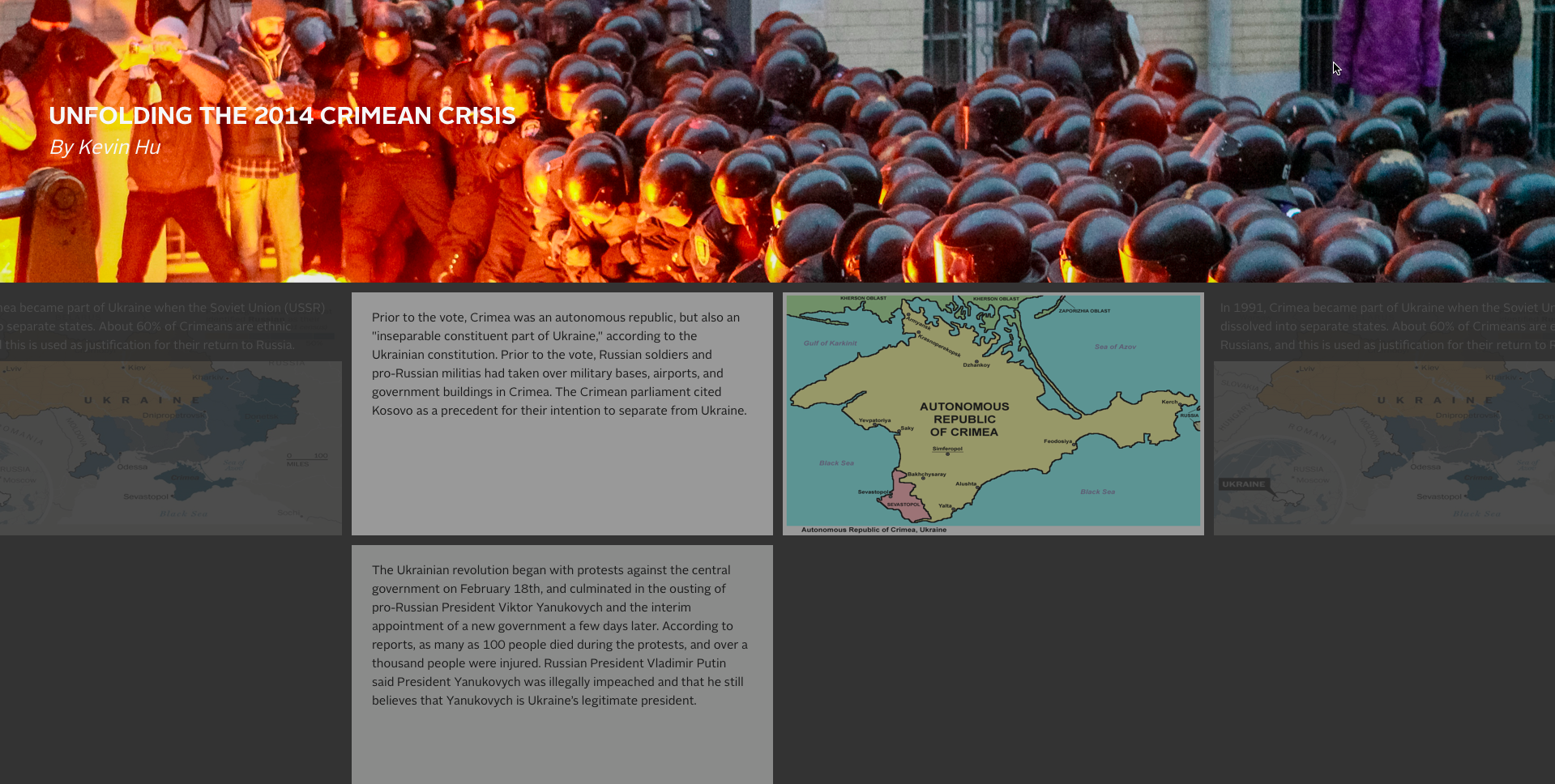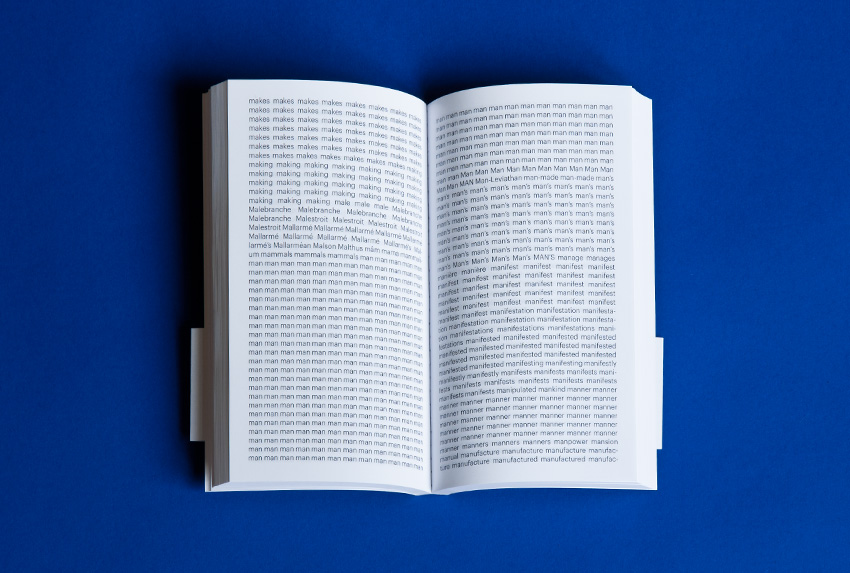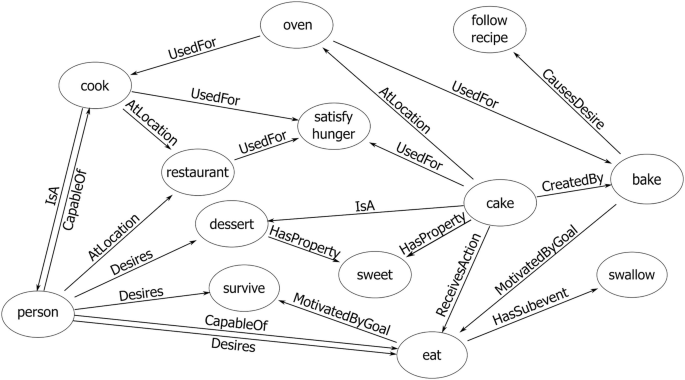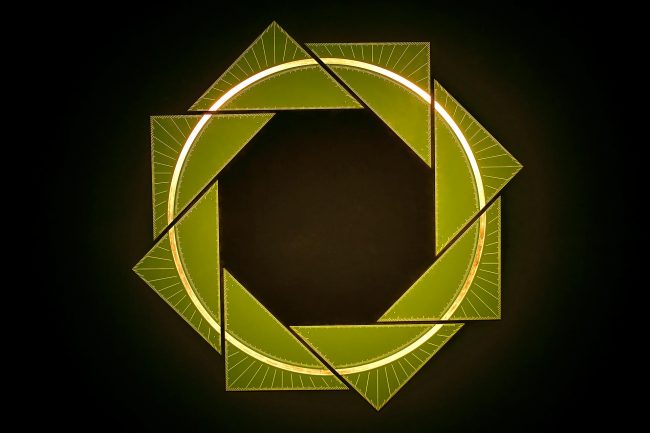AlterEgo / MIT Fluid Interfaces
“AlterEgo puts the power of computing in a user’s self, instead of on her fingertips…”
“…human-computer interaction that is subjectively experienced as completely internal to the human user—like speaking to one’s self.”
“…enabling a discreet, bi-directional interface with a computing device, and providing a seamless form of intelligence augmentation.”


